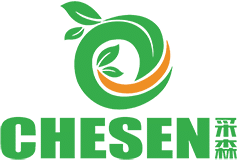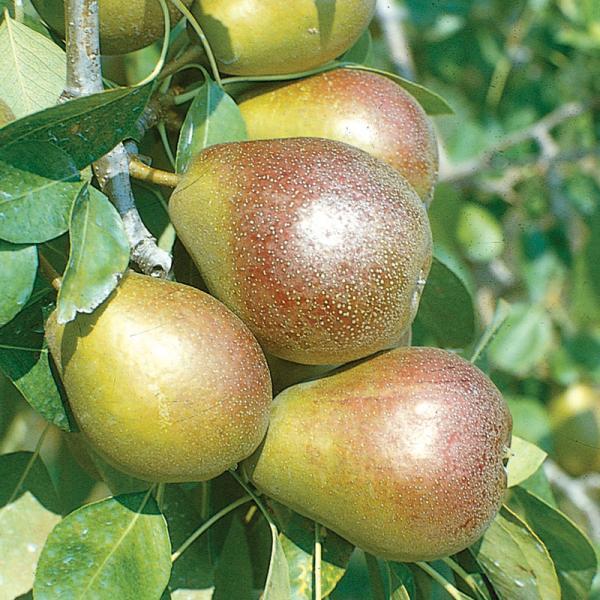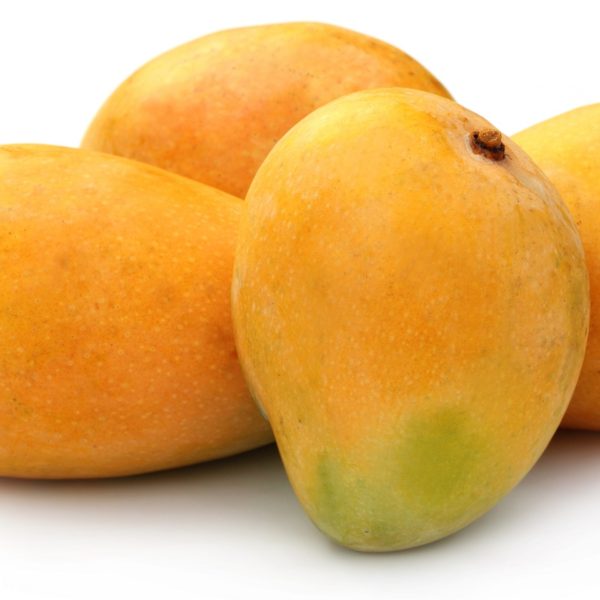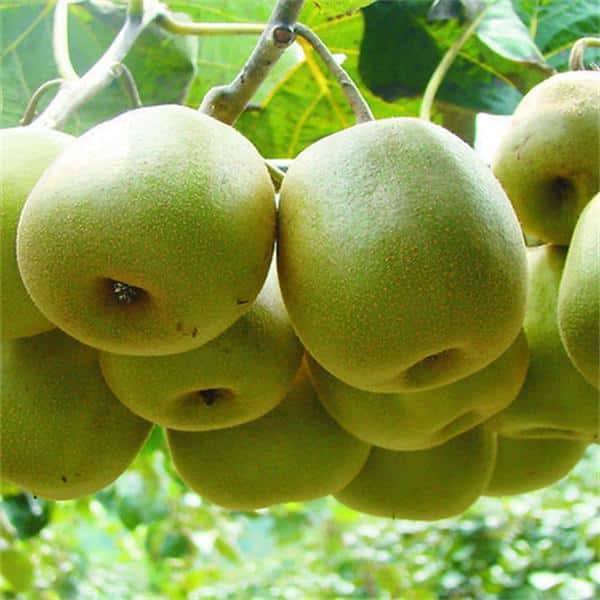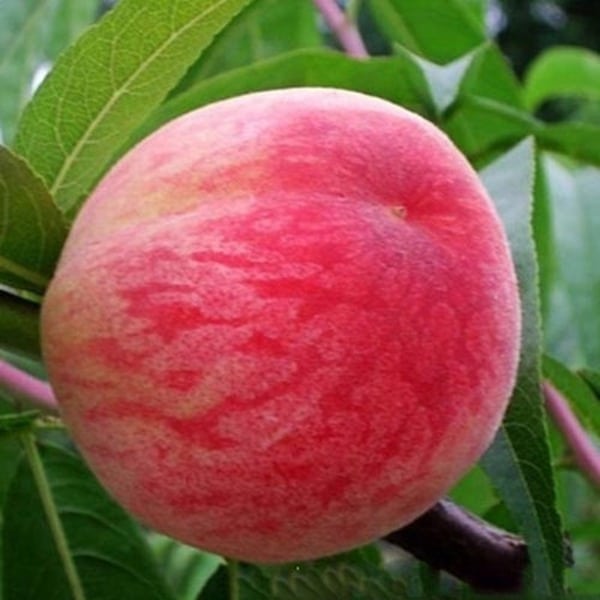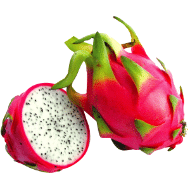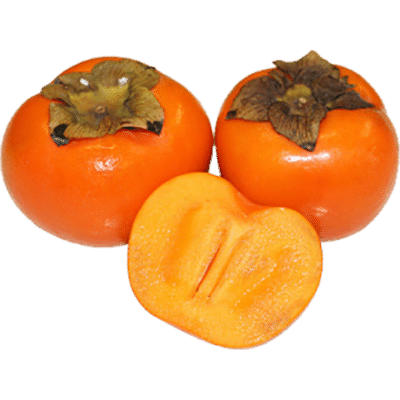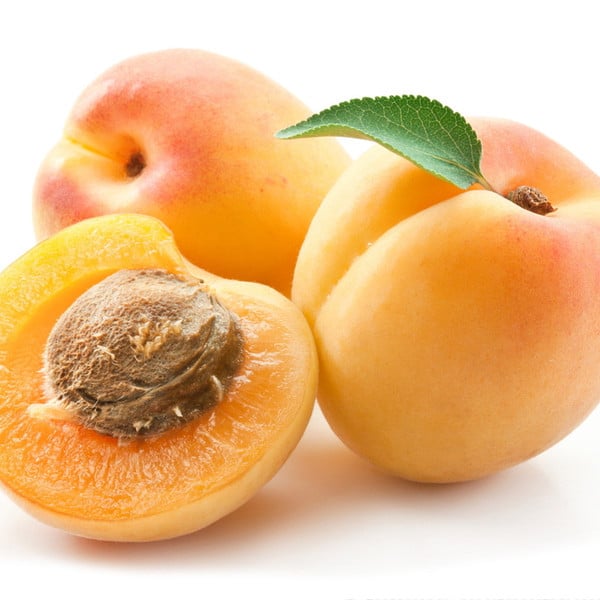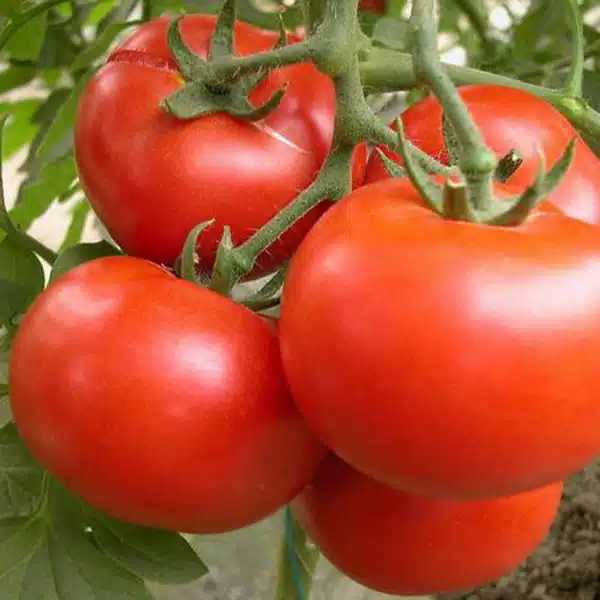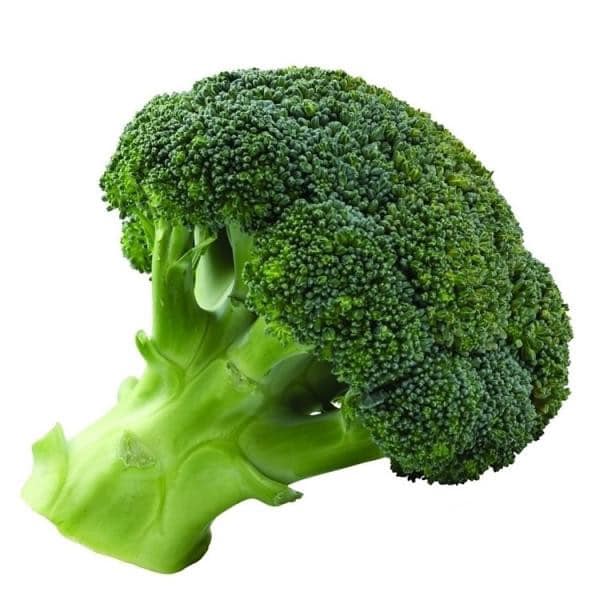Say goodbye to wasted food and hello to extended freshness with our innovative fresh-keeping technology!
-
Mon - Sat : 09:00 - 22:00(GMT+8)
-
sales@chesenbio.com

1-MCP treatment of tomato
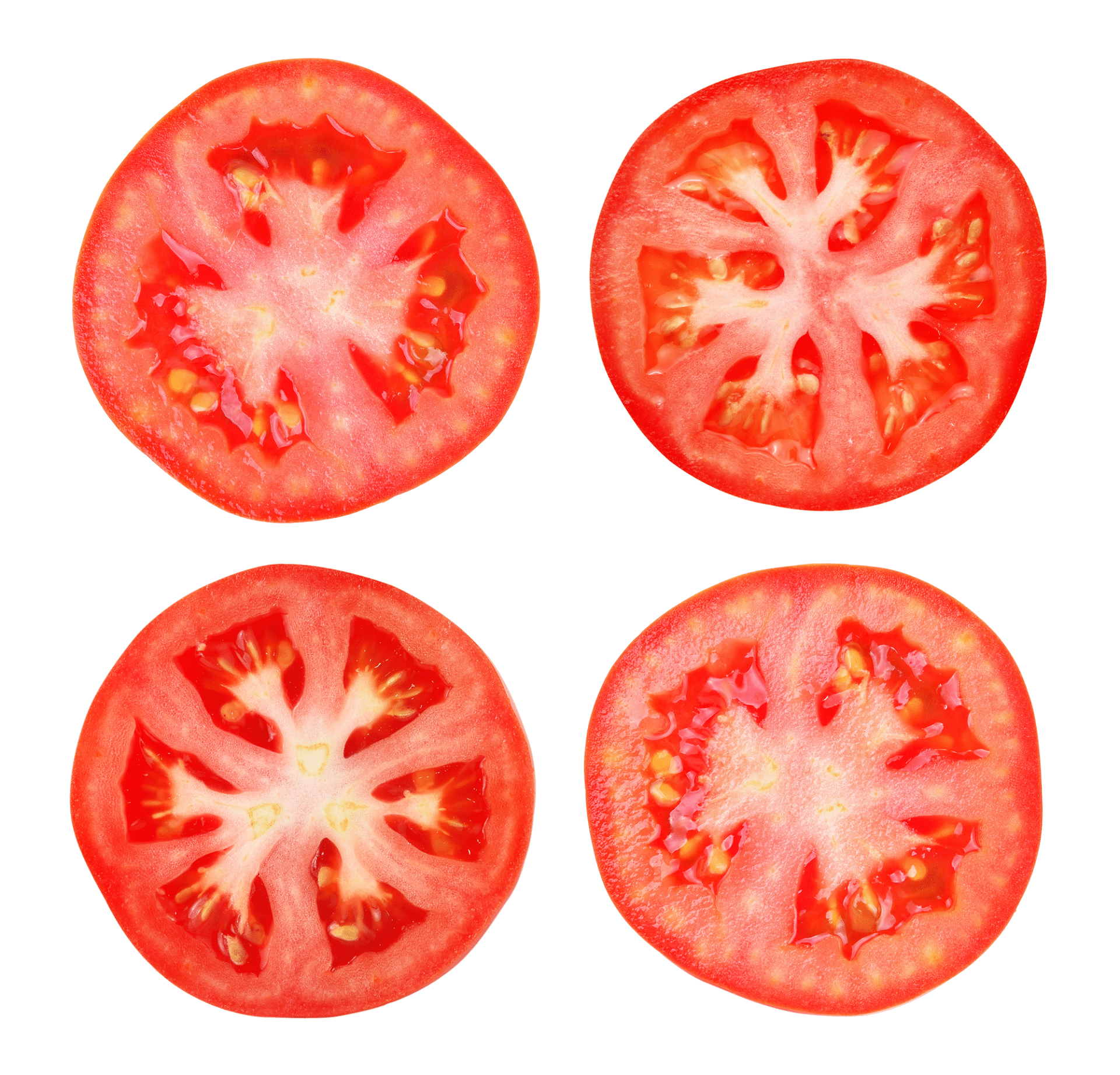
1. The storage characteristics of tomato
Like other climacteric fruits, the ripening process of tomato fruits is highly dependent on the role of ethylene. The limitation of tomato sales is the accelerated maturation after harvest, which can lead to severe quality loss. For producers and traders, controlling tomato maturity has always been a goal, because high losses will bring high economic impact, which is mainly due to the development of decay. Tomato fruits harvested at the mature green stage should be stored at a relatively high temperature (about 10°C). This can avoid chilling injury and thus slightly reduce or inhibit the ripening process. Consumers require tomatoes to be green or light pink (depending on the variety), but the rapid acceleration of changes related to maturity may limit marketing.
It is a common practice for growers and producers to pick fruit early in the ripening period. In this way, its storability can be extended. The early stages of maturation may result in a product that looks good, but the flavor and taste are poor. On the other hand, fruits harvested later will ripen quickly and may rot before entering the market. Tomatoes harvested in the early green stage actually include several stages of harvest maturity. Mature green tomatoes have gelatinous green or red solid cells. Since these fruits and immature green tomatoes look the same on the outside, it is impossible to tell the difference at harvest without cutting the fruit. If immature green tomatoes are removed from the commercial harvest, the situation may be greatly improved.
One method is to harvest the tomatoes with the least color at a later stage of color breaking. In this regard, the use of techniques that minimize the production or effects of ethylene will extend the time the tomato fruit can still be consumed. 1-Methylcyclopropene (1-MCP) blocks ethylene receptors and inhibits its hormonal effects, prolonging the storage life of a series of climacteric fruits including tomatoes. In this way, tomatoes can be harvested at a later stage of color breaking, completely eliminate immature green tomatoes from harvested tomatoes in the early green stage.
2. Precautions for picking
① Irrigation is not suitable for 3-7 days before picking, and the harvesting time should be postponed in rainy days.
②The picking time should be carried out when the temperature is low and there is no dew on the day to avoid excessive heat generation in the field.
③For picking, you should choose the fruits that are in the middle and upper part of the plant.
④Do not twist the stalk when picking, use tomato scissors to cut gently along the root of the stalk, the stalk should not be higher than the surface of the fruit, pick and put gently to avoid mechanical damage.
⑤The picking basket must be clean, hygienic, and pollution-free. Use cloth or other soft items to pad the bottom of the basket or other tools.
3. Preparation before storage
3.1. Pre-cooling
During the harvest stage of many fruits and vegetables, field heat is usually high and undesirable. So it should be eliminated as soon as possible before any post-harvest processing activities. Excessive field heat can lead to an unfavorable increase in metabolic activity, so cooling immediately after harvest is important. Pre-cooling minimizes the effects of microbial activity, metabolic activity, respiration rate, and ethylene production, while reducing maturity, water loss and decay, thereby maintaining quality and extending the shelf life of harvested tomatoes.
The suitable temperature range for processing tomatoes is about 13-20°C, which can be reached in the early morning or evening. If harvested outside the recommended period, the harvested fruit must be pre-cooled to remove excess heat from the field. An inexpensive but effective way to pre-cool tomatoes is to immerse the fruit in cold water (water-cooled), which is mixed with disinfectants such as thiabendazole and sodium hypochlorite. This method can effectively remove heat from the field while reducing the microbial load on the harvested fruits.
3.2. Storehouse space management
Tomatoes have a very high moisture content, so it is difficult to store them at room temperature for a long time. At the same time, it is usually necessary to store in the value industry chain to ensure an uninterrupted supply of raw materials for processors. Storage extends the length of the processing season and helps provide continuity of product supply throughout the season. For short-term storage (up to a week), it is easy to store tomato fruits under ambient conditions, if there is sufficient ventilation to reduce heat buildup from breathing. For long-term storage, it is essential to store tomatoes at a temperature of approximately 10-15°C and a relative humidity of 85-95%. At these temperatures, maturation and chilling injury are reduced to a minimum.
Too low temperature storage is not conducive to the shelf life and quality of tomatoes. For example, refrigerating tomatoes will reduce their flavor, which is a quality characteristic of tomatoes. It mainly depends on the total soluble solids (TSS) and PH of the fruit. It is essential to understand the correct temperature management during tomato storage. In this way, growers and producers can extend the shelf life of the fruit while maintaining the quality of the fruit.
4. 1-MCP treatment of tomato
It has been shown that the use of 1-methylcyclopropene (1-MCP) can inhibit the effects of ethylene in many fruits and vegetables. The rate of ethylene production in harvested climacteric fruits (such as tomatoes) indicates the metabolic activity in the fruit. The higher the metabolic activity in the harvested fruit, the shorter its shelf life. However, the goal of each post-harvest technology is to slow down the metabolism of the harvested product, thereby extending the shelf life. Therefore, the use of 1-MCP is essential to extend the shelf life of harvested tomatoes. The use of 1-MCP has been shown to slow down many metabolic activities related to the ripening process, such as color changes, cell wall breakdown, and respiration rate. So it is a useful technique for extending the shelf life of fruits.
Although the 1-MCP treatment can maintain the quality of the fruit at the later stage of maturity, its application in green fruits may cause uneven ripening. Therefore, 1-MCP must be used carefully to store green fruits to achieve full ripening.
Especially in the processing of tomatoes after harvest, 1-MCP has been proven to extend the shelf life of fruits by maintaining fruit firmness and delaying lycopene accumulation and external color development. Another benefit of using 1-MCP in tomatoes is to prevent the fruit sold on the vine from falling off. This will produce the ideal photosynthesis effect in the nutrient tissue, so that certain important substances or nutrients can be supplied to the fruit without interruption, thereby improving the quality of eating. Educating and training operators on how to use 1-MCP in tomatoes will help reduce a certain amount of post-harvest losses.
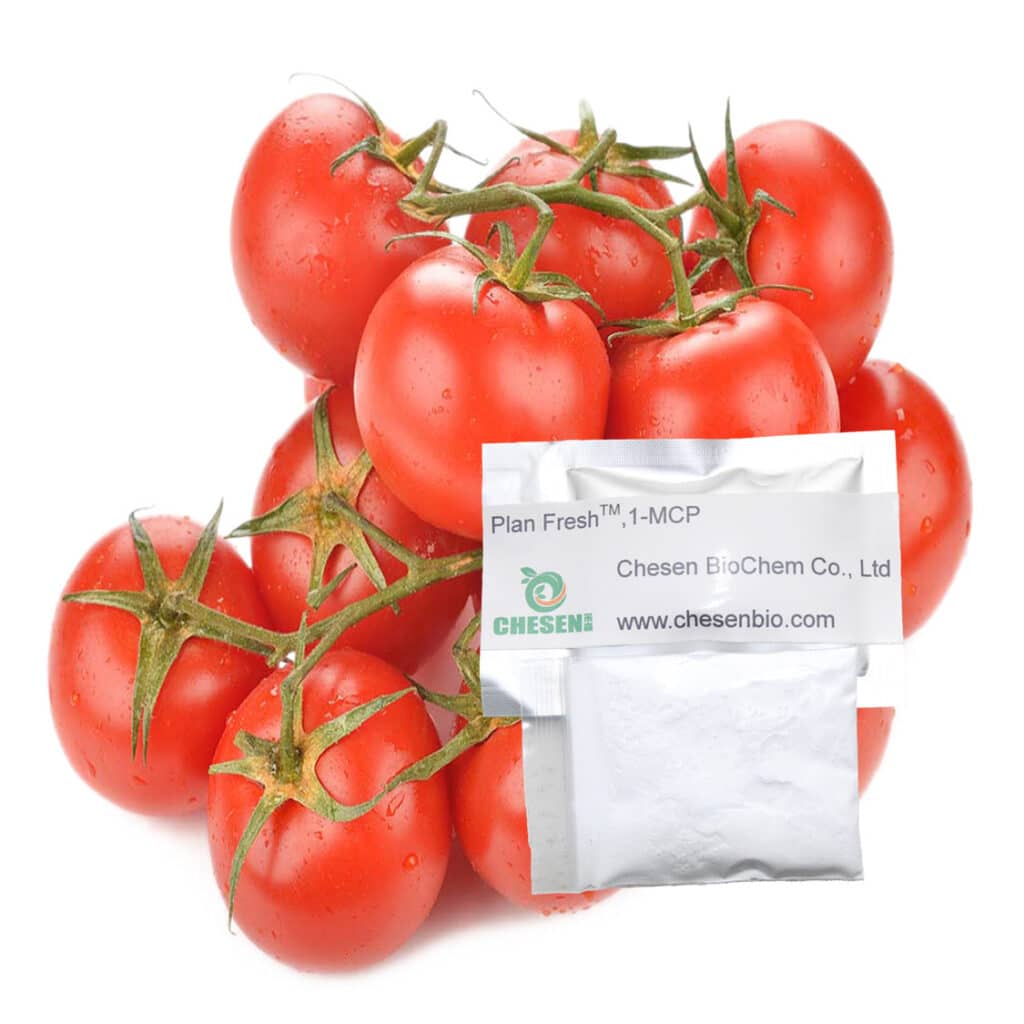
In summary, the effectiveness of 1-MCP treatment depends on the applied concentration and duration and the ripening stage of the fruit. Therefore, from the perspective of commercial application, it is recommended to treat tomatoes with 0.5μl l-1 1-MCP for 24 hours to inhibit the production of ethylene, thereby delaying the ripening process and prolonging the storability of the fruit.
5. Storage conditions
5.1. Cold storage room control
Refrigeration is one of the most effective ways to maintain the quality of many fruits and vegetables. Low-temperature storage can protect the non-appearance quality attributes of many harvested fruits such as texture, nutrition, aroma and flavor. Tomato processors also use refrigeration to extend shelf life. However, some tropical fruits and vegetables, such as tomatoes, are sensitive to chilling injury when they are stored below the critical temperature of 10°C. The low temperature of the cold storage can cause chilling injury, leading to pitting, uneven ripening and fungal infections in the stored fruits. Keep the temperature around 10-15°C to avoid chilling injury. Although the cost of refrigeration is high, it is very important to control the storage temperature and relative humidity during storage. Because these two parameters are the main reasons for the deterioration of fruits and vegetables. The optimal temperature and relative humidity required are about 10-15°C and 85-95%.
5.2. Sterilization
Sterilize cold storage per two weeks. Fungicide will be better when used in alternatively.
5.3. Ventilation
Ventilate every 15 days, ventilation time is about 30min, ventilation when weather is sun and outside temperature is low.
5.4. Out of stock
Warm tomatoes before out of the cold room, otherwise there will be condensate water on tomatoes, then tomatoes will be rot easily.
6. Contact us
For more detailed information about 1-MCP on tomato, please feel free to contact us.
